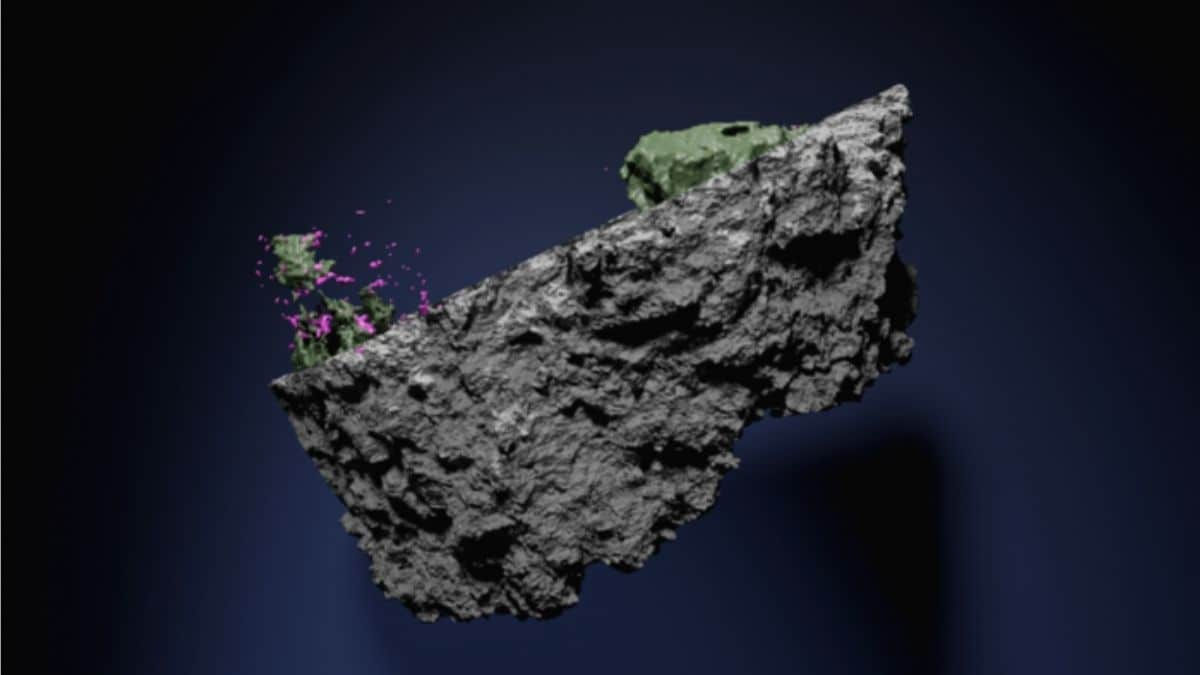Products You May Like
The biggest question that scientists are grappling with in relation to Mars is this: Did the Red Planet ever host life? While the quest for finding life on Mars is underway, and with more vigour than ever before, it is unlikely any conclusive result will be found soon. NASA aims to bring back Martian samples by 2030 and only analysing those will make clear whether life existed on the planet. However, scientists are studying material from Mars – in the form of meteorites. Researchers from Lund University in Sweden have investigated a 1.3 billion-year-old meteorite from Mars and found it had limited exposure to water. In other words, the existence of life at that specific time and place was unlikely.
The scientists have used neutron and X-ray tomography, the same technology that will be used to study the samples that are being collected by the Perseverance rover and will be brought back from Mars, to reach their conclusion. They used the technology to understand whether there was any major hydrothermal system, which is generally favourable for life. X-ray tomography is a common method to study an object without damaging it. Neutron tomography was used because neutrons are sensitive to hydrogen.
Hydrogen is always of interest in finding traces of life on another planet because water (H2O) is a prerequisite for life as we know it. “Since water is central to the question of whether life ever existed on Mars, we wanted to investigate how much of the meteorite reacted with water when it was still part of the Mars bedrock,” Josefin Martell, geology doctoral student at Lund University, said in a statement.
The findings show a fairly small part of the meteorite seems to have reacted with water. This means that the martian crust sample “could not have provided habitable environments that could harbour any life on Mars” during that specific period, the scientists write in the study published in the journal Science Advances.
They hope that their findings will help NASA scientists in studying the samples when they are brought back to Earth.
For the latest tech news and reviews, follow Gadgets 360 on Twitter, Facebook, and Google News. For the latest videos on gadgets and tech, subscribe to our YouTube channel.

